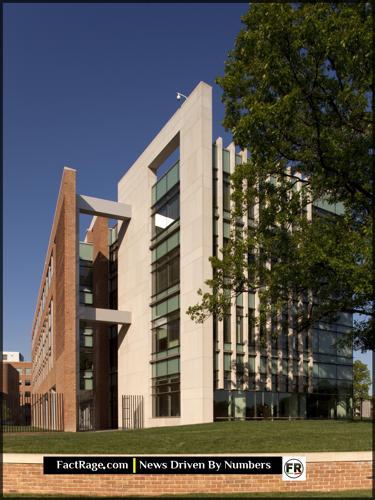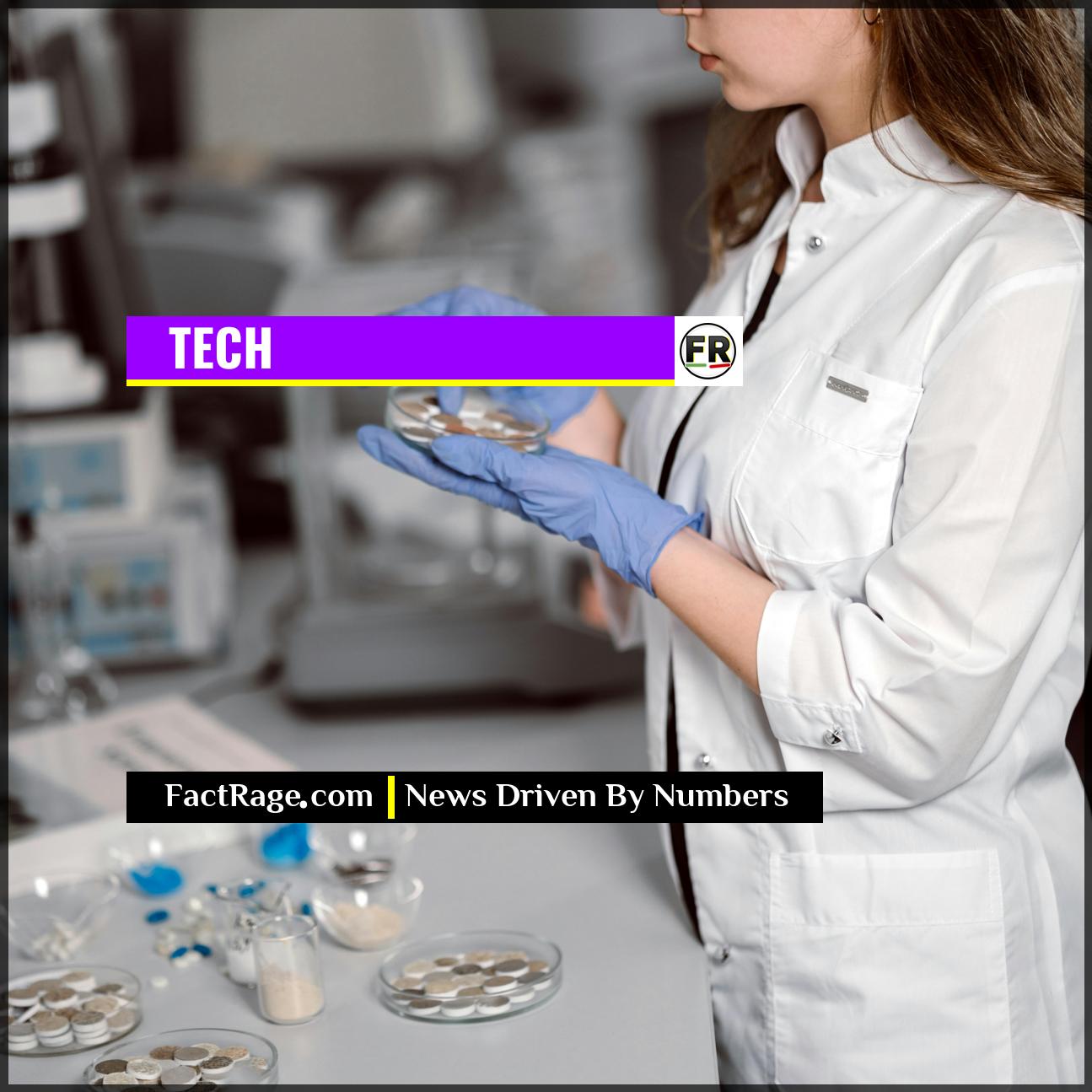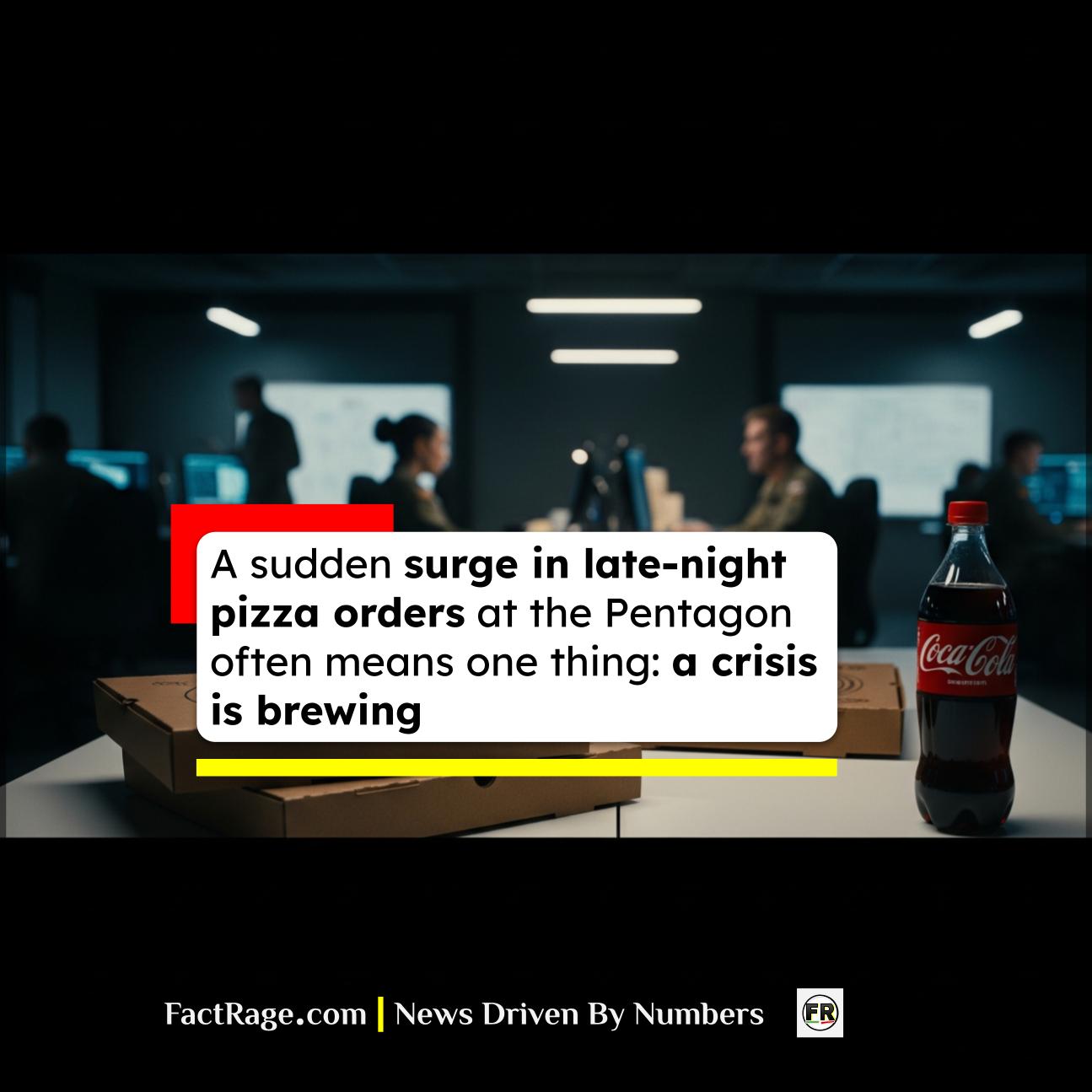SILVER SPRING, MD – An advisory committee for the U.S. Food and Drug Administration is set to review a potentially life-altering gene therapy for children with sickle cell disease, a decision that could reshape treatment for the inherited blood disorder.
- The Meeting – On July 12, 2024, an FDA advisory panel will review lovotibeglogene autotemcel (lovo-cel) from bluebird bio for patients under 12 with sickle cell disease.
- The Science – Lovo-cel is a one-time therapy that modifies a patient’s own hematopoietic stem cells to produce functional, anti-sickling hemoglobin.
- The Stakes – The discussion will weigh the therapy’s potential as a functional cure against concerns over long-term safety, durability, and a multi-million dollar price tag.
The upcoming meeting places a groundbreaking medical technology under the microscope, forcing regulators, doctors, and the public to confront complex questions about the future of medicine. For the approximately 100,000 Americans with sickle cell disease, the outcome holds profound implications.
How a One-Time Treatment Aims to Rewrite a Patient’s DNA

Sickle cell disease is a genetic disorder that causes red blood cells to become hard, sticky, and C-shaped, leading to severe pain, organ damage, and a shortened lifespan. Current treatments manage symptoms but do not offer a cure.
The therapy under review, lovo-cel, developed by Bluebird Bio, Inc., represents a different approach. It is an ex-vivo gene therapy, meaning a patient’s own blood stem cells are collected and sent to a lab. There, a disabled lentiviral vector—a virus stripped of its ability to cause disease—is used to insert a functional copy of the β-globin gene into the cells’ DNA. These modified cells are then infused back into the patient after they undergo chemotherapy to clear out the old, unmodified stem cells. The goal? For the new cells to create a lifelong supply of healthy, round red blood cells and eliminate the painful vaso-occlusive crises that define the disease. An adult version of this therapy, marketed as Lyfgenia, was approved in late 2023.
What Questions Will the FDA Panel Consider?
While the potential is enormous, the FDA’s Cellular, Tissue, and Gene Therapies Advisory Committee will focus on critical questions of safety and efficacy, especially in a pediatric population. A primary concern with this type of gene therapy is the risk of “insertional oncogenesis,” where the new gene is inserted into a location in the DNA that could inadvertently activate a cancer-causing gene. Though cases are rare, blood cancers have been reported in patients treated with Lyfgenia.
The panel will scrutinize the clinical trial data for lovo-cel in patients under 12. Key points of discussion will likely include:
- Durability: How long will the therapeutic effect last? Is it truly a one-time, lifelong cure?
- Safety: What is the long-term risk of cancer or other complications from the treatment process, including the required high-dose chemotherapy?
- Efficacy: Does the therapy work as well in younger children as it has in adolescents and adults?
The Multi-Million Dollar Question of Access and Ethics
Beyond the complex science and safety data lies a significant societal hurdle: cost. The adult version, Lyfgenia, carries a list price of $3.1 million per patient. This staggering figure raises urgent ethical questions about accessibility and health equity.
Sickle cell disease disproportionately affects Black and African American individuals, a community that has historically faced systemic inequities in healthcare. The committee’s discussion, while focused on science, cannot ignore the context that a multi-million dollar cure may remain out of reach for many who need it most. The debate over lovo-cel is not just about approving a drug; it’s about defining the value of a cure and determining how society can deliver its most advanced medical innovations to all who could benefit.









